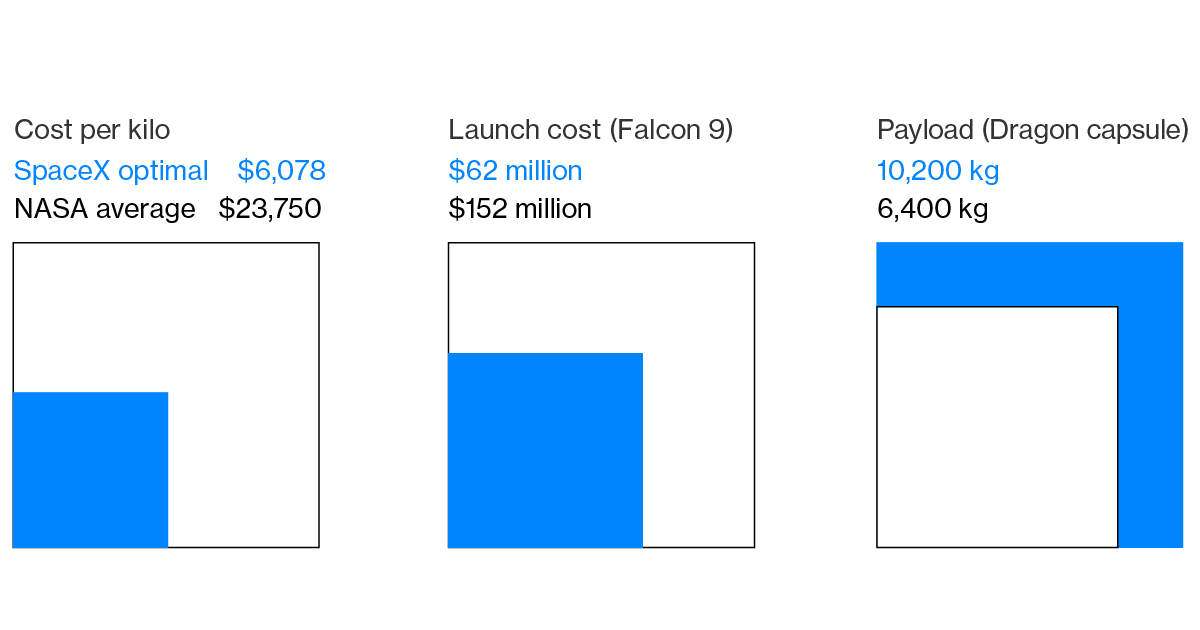- Joined
- Apr 29, 2015
- Messages
- 18,277
- Likes
- 56,182
House committee seeks details on Indian launch policy

An Indian Polar Satellite Launch Vehicle (PSLV) lifts off June 22, 2016, carrying 20 satellites, including 13 provided by U.S. companies. Credit: ISRO

An Indian Polar Satellite Launch Vehicle (PSLV) lifts off June 22, 2016, carrying 20 satellites, including 13 provided by U.S. companies. Credit: ISRO
WASHINGTON — A House committee is asking several Obama administration officials new questions about policies regarding the launch of U.S.-built satellites on Indian vehicles.
The questions, in letters issued July 6 by Rep. Lamar Smith (R-Texas), chairman of the House Science Committee, and Rep. Brian Babin (R-Texas), chairman of its space subcommittee, come after the launch of more than a dozen satellites built by U.S. companies on an Indian Polar Satellite Launch Vehicle (PSLV) June 22. They sent the letters to Secretary of State John Kerry, Secretary of Commerce Penny Pritzker, United States Trade Representative (USTR) Michael Froman and Director of Office of Science and Technology Policy John Holdren.
The letters ask the officials for the same information, including a copy of the administration’s policy regarding access to Indian launch services and how it was developed. The letters also request details on the “presumption of denial” the administration applies to requests to export U.S.-built satellites to India for launch. It seeks responses by July 20.
The debate regarding greater access by American satellite developers to Indian vehicles emerged last October. A USTR official told a meeting of the Federal Aviation Administration’s Commercial Space Transportation Advisory Committee (COMSTAC) then that his office was examining a policy that dated back to 2005 that formally discouraged the use of Indian vehicles in the absence of a commercial space launch agreement between the U.S. and India.
While the use of Indian vehicles may be discouraged, U.S. satellites are receiving approvals to launch on them. In September 2015, four cubesat-sized spacecraft built by Spire launched on a PSLV. On June 22, another PSLV launched 20 satellites, including 12 cubesats built by Planet (formerly Planet Labs) and the 110-kilogram SkySat-3 satellite for Terra Bella, a Google-owned remote sensing company previously known as Skybox Imaging.
“The administration has provided a number of export waivers on a case-by-case basis for these launches, in part because India is becoming a strategic ally in South Asia,” Babin said at an April 19 hearing of his subcommittee on issues associated with small launch vehicles. “Unfortunately, the administration seems to lack a clear long-term policy to guide access to PSLV launches.”
The issue of access to the PSLV has pitted U.S. satellite companies against launch vehicle developers. Satellite companies, particularly those planning constellations of dozens or hundreds of small satellites, argue that there is not enough capacity among existing vehicles to meet their needs, forcing them to see out alternatives like PSLV.
“The challenge right now is that satellite manufacturers are making satellites at a quicker rate than we have the launch capability,” Eric Stallmer, president of the Commercial Spaceflight Federation, said at the April hearing. “The PSLV has a sweet spot and the capability to launch some of these satellites in a timely manner.”
Launch vehicle companies, including those working on a new generation of vehicles designed for dedicated smallsat launches, have argued against easier access to the PSLV. They have expressed concern about competing against the PSLV, which is operated by the Indian Space Research Organisation and not a private entity.
Stallmer, in his House testimony, opposed any policy change that would provide easier access to PSLV. “Such a policy runs counter to many national priorities, and undermines the work and the investment may by the government and industry to ensure the health of the U.S. commercial space launch industrial base,” he said, adding that the existing approach where the government grants waivers on a case-by-case basis for Indian launches is acceptable as “a temporary solution.”
COMSTAC issued a recommendation in January that the government “maintain the current cautious approach” regarding approvals for exporting U.S. satellites for launch in India. Mark Sundahl, chairman of COMSTAC’s international space policy working group, said at the working group’s most recent meeting April 27 that the committee was not singling out India, but instead looking into the issue at the request of the USTR.
Another factor that could play into any change in Indian launch policy is the June 27 accession of India to the Missile Technology Control Regime (MTCR), an international export control agreement intended to restrict the proliferation of missiles and related systems. India is the 35th nation to join the MTCR, whose other members include the U.S., Russia, Japan and many European nations.
The letters from Smith and Babin did ask administration officials if India’s entry to the MTCR “impacts the legal and/or policy rationale of existing U.S. policy governing the export of U.S. commercial satellites for launch on Indian vehicles.”











